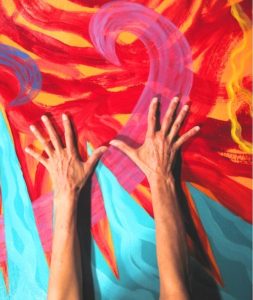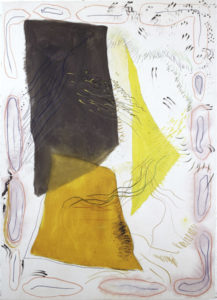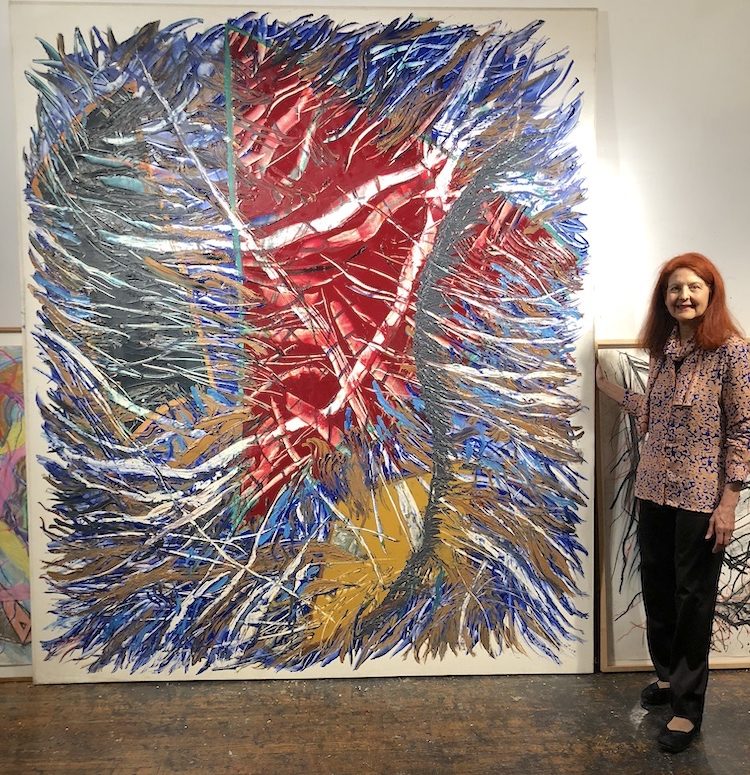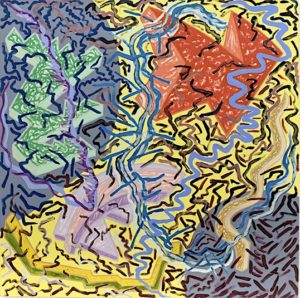“The Ghost Picked Me”
— The Life and Art of Joan Thorne

“It’s like the ghost is writing a song like that. It gives you the song and it goes away. You don’t know what it means. Except the ghost picked me to write the song.”
— Bob Dylan



The Whitney portended for Thorne numerous museum and gallery exhibitions over the ensuing decades, kicked off by a solo show at the Corcoran Gallery of Art in Washington, DC, in 1973. Shortly afterward, she met Jack Tworkov and was delighted to find that he was already an admirer of her works. “Jack became the father I really never had,” she says. “We had frequent dialogue about both painting and life . . . and he always treated me like an equal in painting.” By 1960, Tworkov’s boldly expressive brushstrokes had given way to the hard edges that defined his geometric abstractions. Despite their stylistic differences, Tworkov enjoyed keeping abreast of Thorne’s paintings because “they reminded him to always remain free.” Thorne last saw him when he visited her studio in June 1982 before heading to Provincetown, Massachusetts, for the summer. In late August, she had a vivid dream of climbing a mountain with him. As they struggled up the rocky incline, they carried buckets filled with melted butter. Dipping their brushes, they painted the huge rocks in butter as they climbed, nearly out of breath. Startled, she woke up. The next day she was unable to reach Tworkov, and friends told her that he was ill with cancer. He died a few days later.

However, Thorne and her peers came of age struggling against sexism in the art establishment and its attendant lack of exhibition opportunities for women. Since 1985, this issue has been loudly exposed by the public protests of the Guerrilla Girls, whose members remain a well-kept secret. By 2006, representation of women at the Whitney Biennial improved to 29 percent, and by 2008 and 2010 to 40 percent. Despite these gains, in May 2009, Jerry Saltz, the art critic for New York magazine, accused the Museum of Modern Art of “a form of gender-based apartheid” because only 4 percent of its permanent collection on display consists of works by women. 4
— Peter Hastings Falk
Footnotes:
7 Ann Dumas, “Joan Thorne,” Arts (January 1991): 82.
